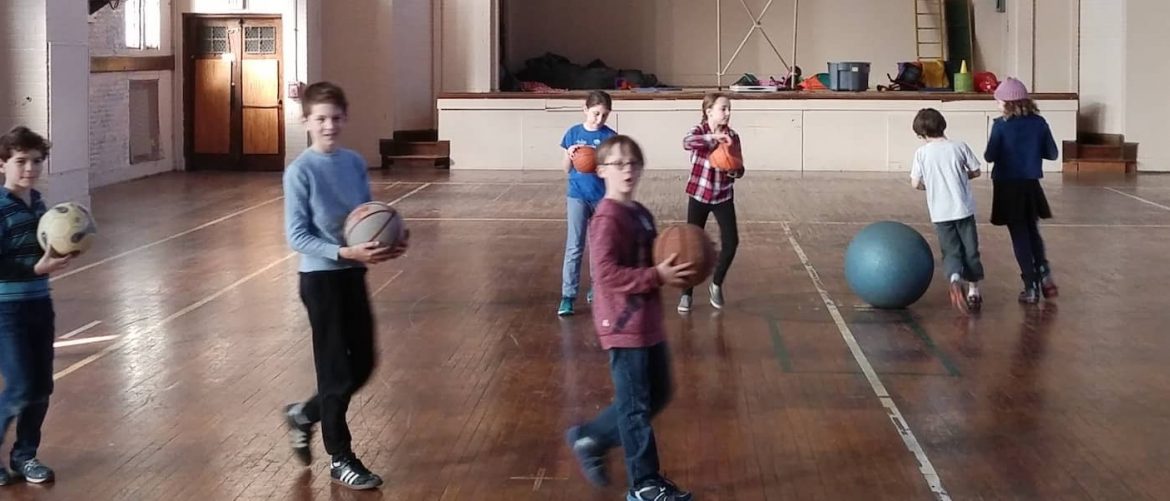This year, our whole school instructional theme is circles, and this month all class levels have been studying the circles of Solar System in science. Each class is doing some research, making a model of some form, and learning facts about the solar system’s objects and their movement, each in a developmentally appropriate way.
In our youngest science classes, the K-2 group, students are studying the planets themselves, learning facts about them, including appearance, size temperature, and order from the sun. They are creating art projects that show the planets in order, and each one is working with a partner to find facts about one planet.
The 3-5 science group is focusing on the movement of objects in the solar system. They looked up each planet’s revolution and rotation, and used this information to create a moving model of the solar system, with each student taking a planet and walking its orbit, some running for the faster planets, some strolling along. This group performed their “human orrery” for the younger classes and took questions.
Our 6th grade science students are adding computation to the creation of a model of the solar system, comparing the diameters of objects in the solar system and measuring their actual distances at a 1 inch = 100,000 mile scale. (At that scale, the earth is a size of a peppercorn, the sun is 8″ across, and Uranus would be almost a mile away.) The students found that starting at the stage in the gym, only the inner planets would fit inside the school building. Students then used math to compare the relative speeds of the planets as they moved in a simulation of the night sky to determine which planet is which.
There’s so much more to learn, and it is great to see how our different levels of learning all coincide to help students learn, each in a way that makes sense for where they are.

